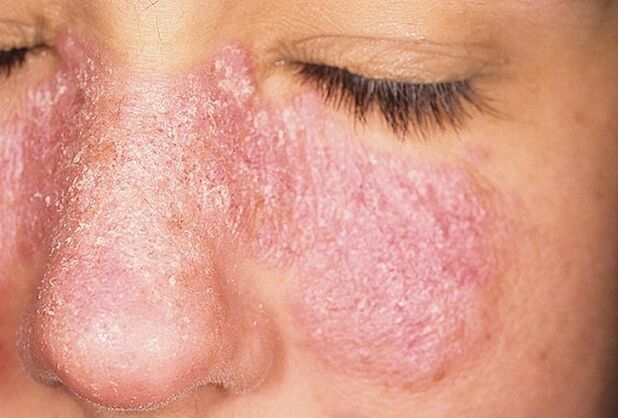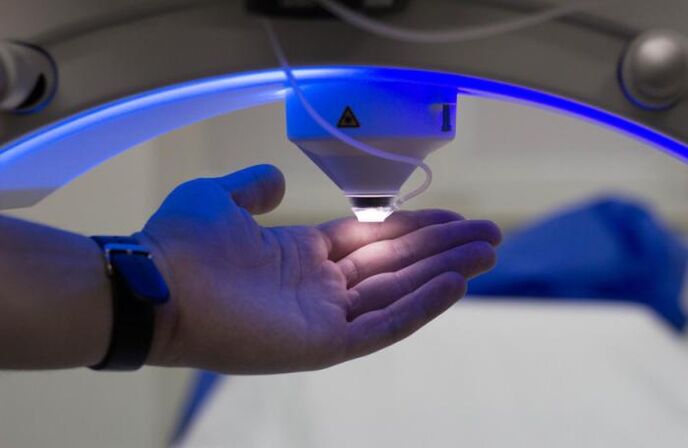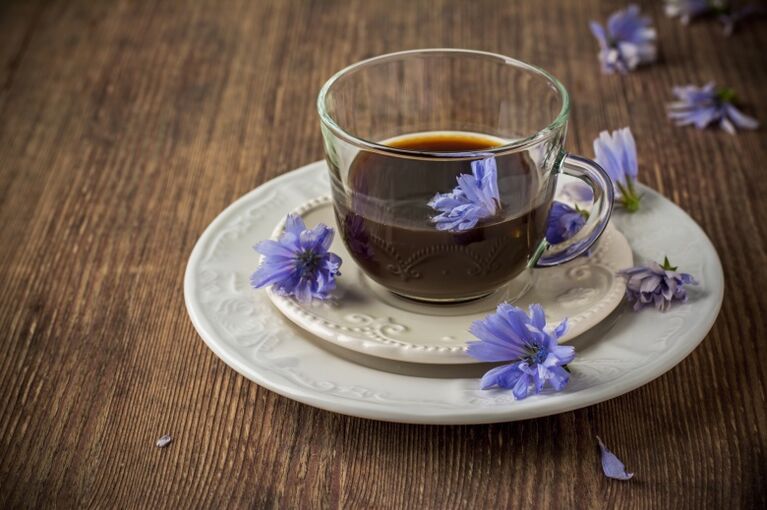Tired of fighting psoriasis on your face? Don't know what can trigger its appearance and how to accurately recognize this disease? Do you want to know traditional treatment recipes? Are you looking for information about modern hardware techniques to combat this disease? You will find this and other interesting information in our article!
What is psoriasis on the face?

A non-infectious autoimmune disease, which is manifested in severe redness of the skin with the appearance of small scales (papules) on its surface, gradually increasing in size and merging with each other, is called psoriasis. In this case, the person experiences itching and discomfort associated with the disgust of others who do not understand that this disease is not transmitted through everyday contact.
It is impossible to identify the cause of this dangerous disease even with the level of modern medical development. It is believed that the disease is provoked by hereditary factors, disorders in the immune or endocrine systems, disorders of lipid metabolism, as well as constant stressful situations.
Most often, the localization of psoriasis on the face is the area around the eyes and temples, eyebrows, nasolabial folds, as well as the border zone near the scalp.
There are 2 types of psoriasis - vulgar (most common) and seborrheic. Unlike vulgar seborrheic, it is considered a more complex form of the disease, because it is characterized by the appearance of dense and large papules, as well as scales covered with a layer of sebum with a yellowish color. The common belief that seborrhea (increased sebum production) is the cause of the development of this form of psoriasis is wrong.
The course of this disease is accompanied by a period of remission (disappearance of symptoms), as well as relapse (symptoms reappearing after a certain period of time).
Symptoms of psoriasis
To recognize and determine the presence of psoriasis correctly, and not another dermatological problem, you need to know the following main symptoms of this disease.
- If you place your nail plate on the plaque with scales that appear on the surface of the skin, you will notice the subsequent increase in exfoliation in this area. This mark is called a stearin stain because of its resemblance to a drop of frozen wax, which, when touched with a finger, forms many flaking plates.
- When carefully cleaning the skin from the scales that have appeared, a thin film on the surface of the epidermis, bright red in color, will be visible. This feature is called terminal film.
- After removing the terminal film from the surface of the skin by scraping it, multiple small point hemorrhages in the form of small droplets were observed. This bleeding is caused by the location of capillaries close to the epidermis, which is easily damaged during the course of the disease. This phenomenon is called blood dew.
Plaques and papules in psoriasis grow, rapidly increasing in size. Combining, they form a single conglomerate that disfigures the affected area of the face. Do not comb or remove crusts from the affected skin area, so as not to trigger the appearance of scars.
Stages of psoriasis
There are 3 main stages of clinical manifestations of psoriasis on the skin of the face:
- Progressive. It is characterized by an increase in the size of existing plaques and their merging into one place with the active appearance of new papules, as well as a bright red rash with a flaky structure against a background of severe itching. When scratching, a new rash appears.
- Stationary. Its peculiarity is the cessation of papule growth with a significant decrease in exfoliation. Existing plaque acquires a blue color, and itching becomes less noticeable.
- Regressive. This stage is associated with covering all the symptoms of the disease. All manifestations of psoriasis become almost invisible. Peeling and itching disappeared completely, papules and plaques began to disappear.
Recommendations for skin care for psoriasis
The right thing to do in such a situation is to immediately contact a dermatologist, who will conduct a thorough examination of the body, identify the level of skin damage, prescribe professional treatment, and also tell you how to take care of it properly. skin affected by psoriasis. If for some reason you cannot see a doctor now, then listen to the following tips and recommendations.
- Use cosmetic cleansing and facial care products designed for sensitive skin to avoid aggravating injuries and illnesses.
- Avoid rubbing the affected skin surface vigorously after washing. It is better to dry this area using a paper towel, gently apply it to the problem area.
- It is beneficial to temporarily (before visiting the doctor) stop using any cosmetics, including decorative ones.
- You can not use scrubs and exfoliating compounds, which can trigger an inflammatory reaction and worsen the condition.
- Men who use razors should replace them with electric razors, which are less damaging to the epidermal surface.
Possible treatment options for this disease
We present treatment methods for general information and information only. Do not self-medicate! Be sure to contact a specialist to receive individual and comprehensive therapy that is right for you!
After examining and evaluating the nature of the disease, the dermatologist will choose the best treatment option for you, which may include:
- Medicines for internal use (tablets, injections).
- Ointments, emulsions and cosmetic vegetable oil compositions suitable for external use.
- All types of physiotherapeutic procedures use special devices and instruments.
- Properly selected diet, as well as lifestyle recommendations.
- Products for home use (lotions, ointments).
Medicines used for internal treatment
As a rule, such diseases involve taking the following drugs: cytostatics, immunosuppressants, glucocorticosteroids, biologically active drugs.
Systemic therapy can be prescribed in the form of taking pills or injecting drugs that act deliberately and comprehensively, and also relieve itching.
As preparations for external use, naphthalene and salicylic ointments, as well as mixtures containing corticosteroids, are most often prescribed.
The composition of moisturizers and vitamins is used to tighten the general and strengthen the local immunity of the skin.
Physiotherapy treatment

- Ultraviolet light, the action of which is based on the effect of UV rays, which consists in slowing down the growth of pathological cells of the epidermis and the general improvement of the skin. This method has been found to be quite effective.
- Phototherapy, which is carried out under the supervision of a specialist, is based on exposure to certain frequencies of UV radiation. This method has many positive reviews.
- The excimer laser, which is used in specialized clinics, is considered the most modern and effective device that helps actively fight psoriasis.
Dietary guidelines
It is recommended to eat a large amount of vegetables, fruits, berries, herbs, fish, lean meat, dairy products and grains.
The ban includes fatty, hot, spicy, smoked, fried foods and dishes, as well as sweets, baked goods, nuts and whole milk.
During the treatment period, smoking and drinking alcoholic beverages are strictly prohibited.
Ointments and creams used
To treat psoriasis on the face, non-hormonal ointments and creams are mainly used, as they are considered the safest. For example, we can cite the most common and frequently prescribed ointments based on grease, essential oils and plant extracts, the use of which must fully comply with the instructions. They give temporary results, and after long-term use they have an addictive effect.
Folk recipes
By trying to find and choose the necessary components to make homemade ointment, you can get an effective treatment for psoriasis, which will have a therapeutic effect after 4 weeks of regular use.
Apply this compound exclusively to clean, dry skin in a small amount and in a thin layer.
| Recipe number | Components in the composition, quantity | Manufacturing Notes |
|---|---|---|
| 1 |
|
After mixing all the components of the composition, it is stored in a dark and cool place for 15 days. |
| 2 |
|
All ingredients are mixed thoroughly and infused in a cool and dark place for 3 days. |
| 3 |
|
The components are mixed thoroughly and stored in a dark place for 3 days. |
Psoriasis treatment with Dead Sea salt has a good effect, thanks to its special mineral composition, which easily penetrates the epidermis, providing a healing, anti-inflammatory and astringent (drying) effect. It is recommended to add this salt to thermal water and spray epidermal problem areas with this composition several times a day.
Natural essential oils of coconut, borage, juniper, evening primrose, lavender, jojoba, tamanu, sea buckthorn have shown excellent results when used regularly.
Composition for internal use

- One color of Chinese lemongrass, consumed 20-30 drops before meals 3 times a day, will help the body actively fight against adverse environmental factors.
- It is recommended to drink regular chicory decoction ¼ cup 4 times a day. It boosts immunity and has a calming effect.
- Application made from Kalanchoe pulp (leaves ground to form a paste) perfectly cleans the skin from plaques and papules. Using a patch, the mixture is applied to the affected skin area and left for 4 hours.
- Celandine juice (fresh plant) is mixed with calendula infusion in a 1: 1 ratio. Once a day, apply this mixture to the problem areas.
Use folk remedies, but do not forget to consult your doctor!























